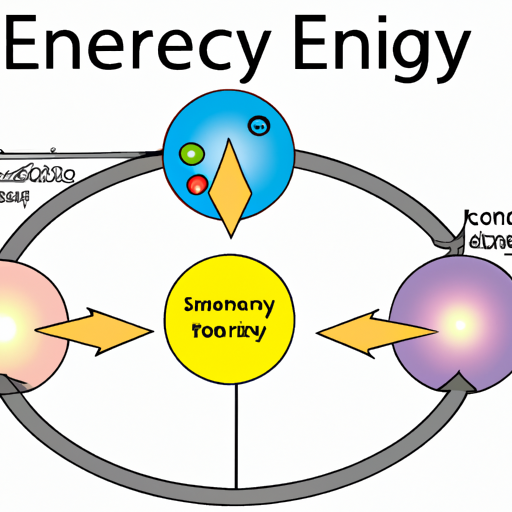What is an Energy Level in Chemistry? Explained in Simple Terms
In the world of chemistry, the concept of energy levels plays a crucial role in understanding the behavior and properties of atoms and molecules. Energy levels, also known as electron shells or energy states, refer to the specific energies that electrons can have when they occupy different orbits around the nucleus of an atom.
Atoms consist of a central nucleus composed of protons and neutrons, surrounded by electrons. These electrons are arranged in different energy levels, each with a specific energy value. The energy levels are represented by numbers, starting from the lowest energy level, which is called the ground state, and increasing as we move further away from the nucleus.
The energy levels in an atom are quantized, meaning that only certain discrete energy values are allowed. This quantization arises from the wave-like nature of electrons, which can only exist in specific energy states. Electrons cannot occupy energy levels between these discrete values.
The energy levels in an atom are often depicted as concentric circles or shells around the nucleus. The first energy level, closest to the nucleus, can hold a maximum of two electrons. The second energy level can hold up to eight electrons, and the third energy level can hold up to 18 electrons. The subsequent energy levels can accommodate even more electrons as we move further away from the nucleus.
Electrons tend to occupy the lowest available energy level first before filling higher energy levels. This principle is known as the Aufbau principle. It states that electrons fill the energy levels in a specific order, following a pattern based on their increasing energy values.
When an atom absorbs energy, typically in the form of light or heat, its electrons can move to higher energy levels. This process is called excitation. Excited electrons are less stable and tend to return to their original energy levels by releasing the absorbed energy. This energy is often emitted as light, giving rise to the phenomenon of emission spectra.
The energy levels in an atom are crucial in determining its chemical and physical properties. The number and arrangement of electrons in the energy levels influence how atoms interact with one another to form chemical bonds. The energy levels also play a role in determining the reactivity and stability of atoms and molecules.
In summary, energy levels in chemistry refer to the specific energies that electrons can have when they occupy different orbits around the nucleus of an atom. These energy levels are quantized and determine the behavior and properties of atoms and molecules. Understanding energy levels is fundamental to comprehending various chemical phenomena and reactions.
Remember to always consult reliable sources and further explore the topic for a comprehensive understanding of energy levels in chemistry.




